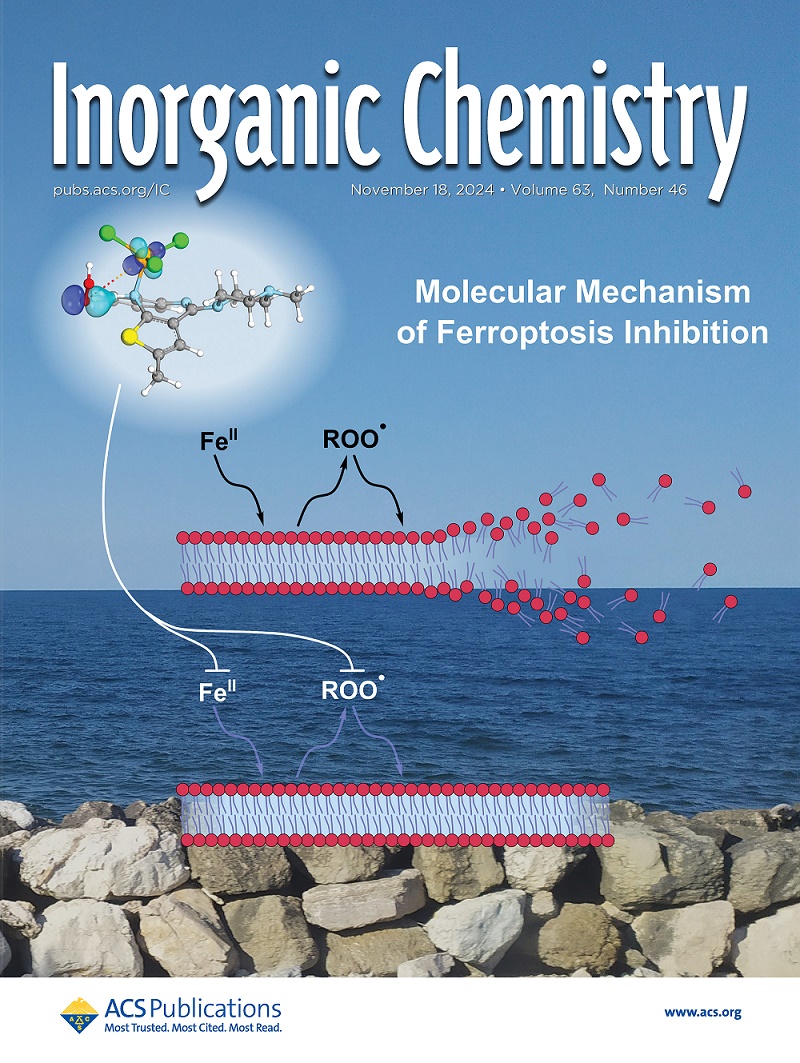Elucidation of the Ta(O,N)6 Octahedral Arrangement in Flux-Grown BaTaO2N Photocatalysts by Experimental and Computational Structural Modeling
IF 4.3
2区 化学
Q1 CHEMISTRY, INORGANIC & NUCLEAR
引用次数: 0
Abstract
BaTaO2N (BTON) is a visible-light-responsive photocatalyst used for water splitting. The flux method, which involves the use of a molten salt, is an effective synthetic strategy for achieving a high photocatalytic activity. Fluxes with alkali metal cations strongly affect the photocatalytic activity of the BTON crystals. In particular, RbCl flux-grown BTON exhibits hydrogen evolution activity over several times higher than that grown in other chloride fluxes, such as NaCl, under visible-light irradiation. One factor of this difference is presumably owing to the change in the Ta(O,N)6 octahedral arrangement in the BTON triggered by the doping of alkali metal ions into the crystal lattice. However, the precise Ta(O,N)6 octahedral arrangement remains unclear. Herein, X-ray absorption spectroscopy, structural analysis by neutron diffraction, and computational structural modeling based on comprehensive structural energy predictions were performed for two types of BTONs. The results suggested that the configuration manners of Ta(O,N)6 octahedral units strongly depend on the flux composition. Specifically, in NaCl-flux-grown BTON crystals, the number of N20 cis planes parallel to the (100), (010), and (001) crystal planes in a TaO4N2 unit is anisotropic, resulting in differences in their electron–hole conduction characteristics. The findings indicate that in addition to lattice defects, the interconnections of mixed-anion units such as Ta(O,N)6 should be taken into account to improve the photocatalytic activity of BTONs and develop other mixed-anion compounds.

求助全文
约1分钟内获得全文
求助全文
来源期刊

Inorganic Chemistry
化学-无机化学与核化学
CiteScore
7.60
自引率
13.00%
发文量
1960
审稿时长
1.9 months
期刊介绍:
Inorganic Chemistry publishes fundamental studies in all phases of inorganic chemistry. Coverage includes experimental and theoretical reports on quantitative studies of structure and thermodynamics, kinetics, mechanisms of inorganic reactions, bioinorganic chemistry, and relevant aspects of organometallic chemistry, solid-state phenomena, and chemical bonding theory. Emphasis is placed on the synthesis, structure, thermodynamics, reactivity, spectroscopy, and bonding properties of significant new and known compounds.
 求助内容:
求助内容: 应助结果提醒方式:
应助结果提醒方式:


